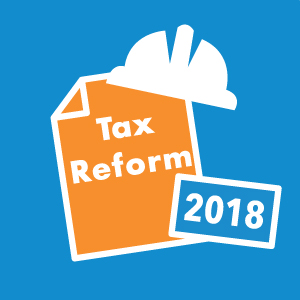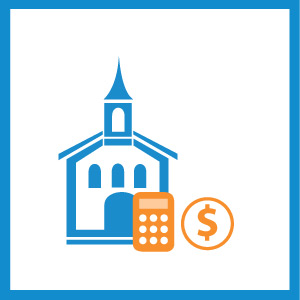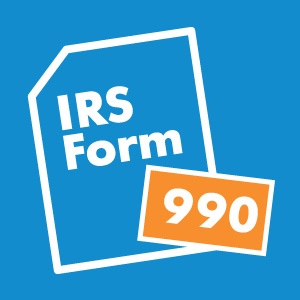Tax Reform is a Reality: What Construction Companies Need to Know
The first major legislative victory on behalf of President Trump, and the first major accomplishment since the appointment of Supreme Court Justice Gorsuch, and the largest tax reform package in over 30 years, the Tax Cuts and Jobs Act was finalized by Legislators on December 20, 2017 and was signed into law just days later.
While the bill will save money for nearly everyone (outside of high-income earners in high income tax states—due to the removal of the SALT deductions), the bill will create opportunities for a great deal of Americans and American employers. Today, we would like to discuss some of the important caveats and cutouts that affect the construction industry.
Six Things Construction Companies Need to Know about the Tax Cuts and Jobs Act
The construction industry is one of the many beneficiaries of the tax bill, set to reduce corporate tax rates, increase pass-through deductions, and make the United States more competitive in the global economy. Below, we would like to address some of the biggest benefits (and a few of the challenges) that will result from the new tax code.
Reduction in the Corporate Rate
One of the most prominent changes in the new tax code is the massive reduction in the corporate tax rate from 35% (the highest in the industrialized world) to a more competitive 21%. Construction companies, many of whom face cash flow challenges day in and day out, stand to benefit from keeping more of their own money.
Repeal of the Alternative Minimum Tax
Under current law, the Corporate Alternative Minimum Tax is 20%, with an exemption up to $40,000, and corporations averaging less than $7.5 million in gross receipts over the past 3 years were exempt. Under the new law, the corporate alternative minimum tax is repealed.
The repeal of the AMT is hugely important for all corporations, especially those in the construction industry, as it removes a complex yet necessary process from the bookkeeping process. Under current law, the AMT required companies to essentially keep two sets of books making it both costly and paperwork-heavy. The new tax code will make life easier for accountants, bookkeepers, and business leaders at construction firms.
Section 179 Equipment Expensing
If there is one thing that will be advantageous for construction firms looking to purchase business equipment over the next five years, it will be the expansion of Section 179 equipment expensing—now doubled from $500,000 to $1 Million. There are two ways to look at this.
First, by doubling the amount that can be expensed, it will encourage investment in machinery and other equipment at construction firms. It will also reduce the hassles of depreciating an item over five, six, ten years, or eighteen years. However, there is huge value in expensing everything you can in 2017. With the corporate tax rates dropping in 2018, you will benefit from reducing your taxable income as much as possibly this year. We recommend expensing anything you can in 2017 to maximize your benefit.
Pass-Through Entity Tax Relief
Many construction companies exist as pass-through entities, and the new bill will allow them to keep more money. Now, sole proprietorships, partnerships, LLCs and S-corporations in architecture, engineering, and construction have been recognized for their role in building America, and will receive their reward for this role.
In the early versions of the bill, architects, engineers, doctors, lawyers, financial services firms and numerous other types of businesses were grouped together and excluded from the deduction. However, a redraft made a compromise for engineers and architects (including construction firms), recognizing their “integral role in facilitating capital investment” and ultimately qualifying them for the pass-through benefit.
Starting in 2018, Pass through entities (S-Corps / Partnerships) except for service entities will receive a 20% deduction on qualified income, subject to the greater of 50% of W-2 wages paid or 25% of W-2 wages paid and 2.5% of property placed in service.
Potential Challenges: Higher Interest, Increased Talent Demands, Lower Homeowner Demand
For some construction firms, the tax bill may not be 100% sunny. Raymond Torto, head of Raymond Torto Commercial Real Estate Advisory Services, believes that a tax cut during full employment could be too much of a good thing, ultimately leading to capacity strain and inflation. “Commercial real estate will suffer higher interest rates with steady demand—a good outlook if debt is not excessive for the asset class.”
Additionally, the new tax bill could pose challenges for realtors—and in turn, those in residential (single- and multi-family) construction. By doubling the standard deduction and reducing the mortgage interest rate deduction, the legislation blunts the benefit of the mortgage interest deduction—one of the key factors in the home-buying decision.
Forging Ahead: Construction Industry’s Future under the New Tax Plan
In 2017, Construction is one of the most heavily-taxed industries in the United States—second only to the retail industry in effective tax rates at 28.7%, and stands to benefit from this bill. While the new tax plan hasn’t made strides to cut spending and tackle the long term sustainability of the United States fiscal future, this has been a much-needed break for companies across the United States. As you forge ahead into the coming years, we would love to help.
In 2017, rinehimerbaker launched its construction-focused accounting technology practice, designed to help construction companies simplify their accounting, save time and money, and grow their business.
By working with one of the most trusted names in construction accounting software—Sage—we are proudly helping construction firms to find their way into the cloud with Sage Intacct—a best-in-class cloud ERP designed to help you increase project profitability and visibility. Contact us to learn more.




